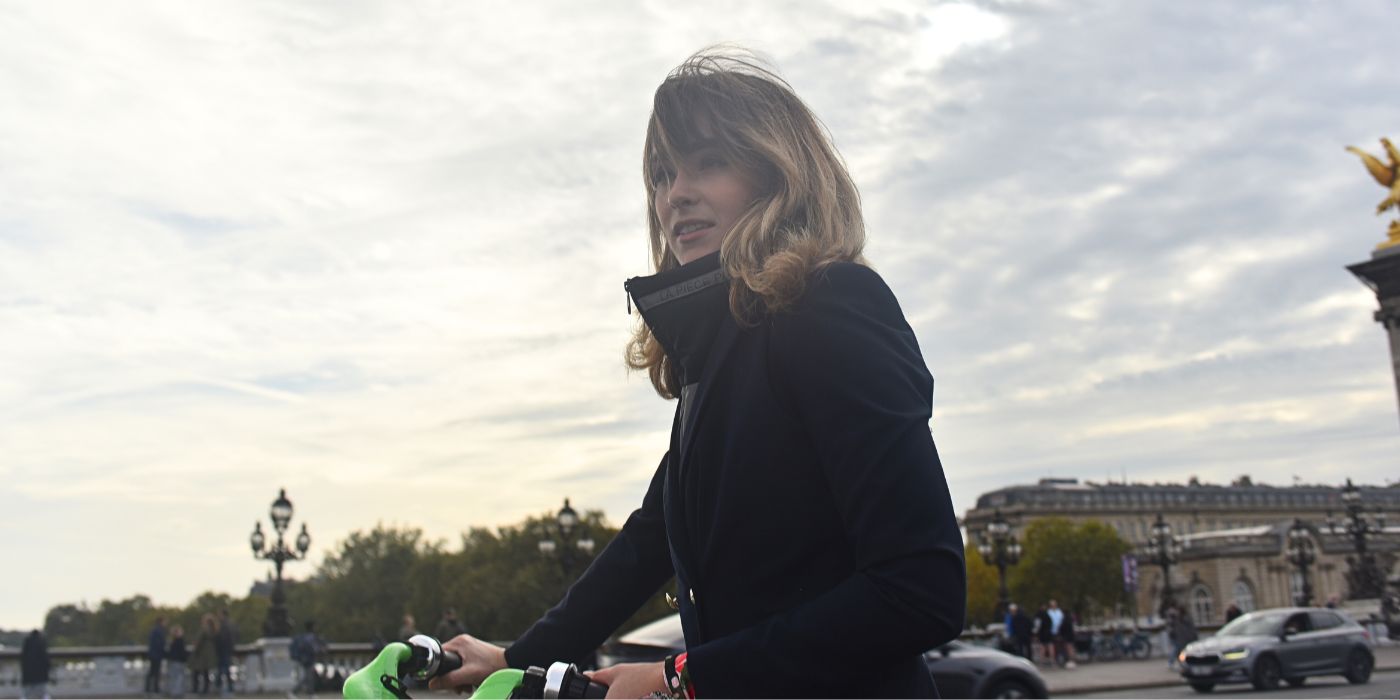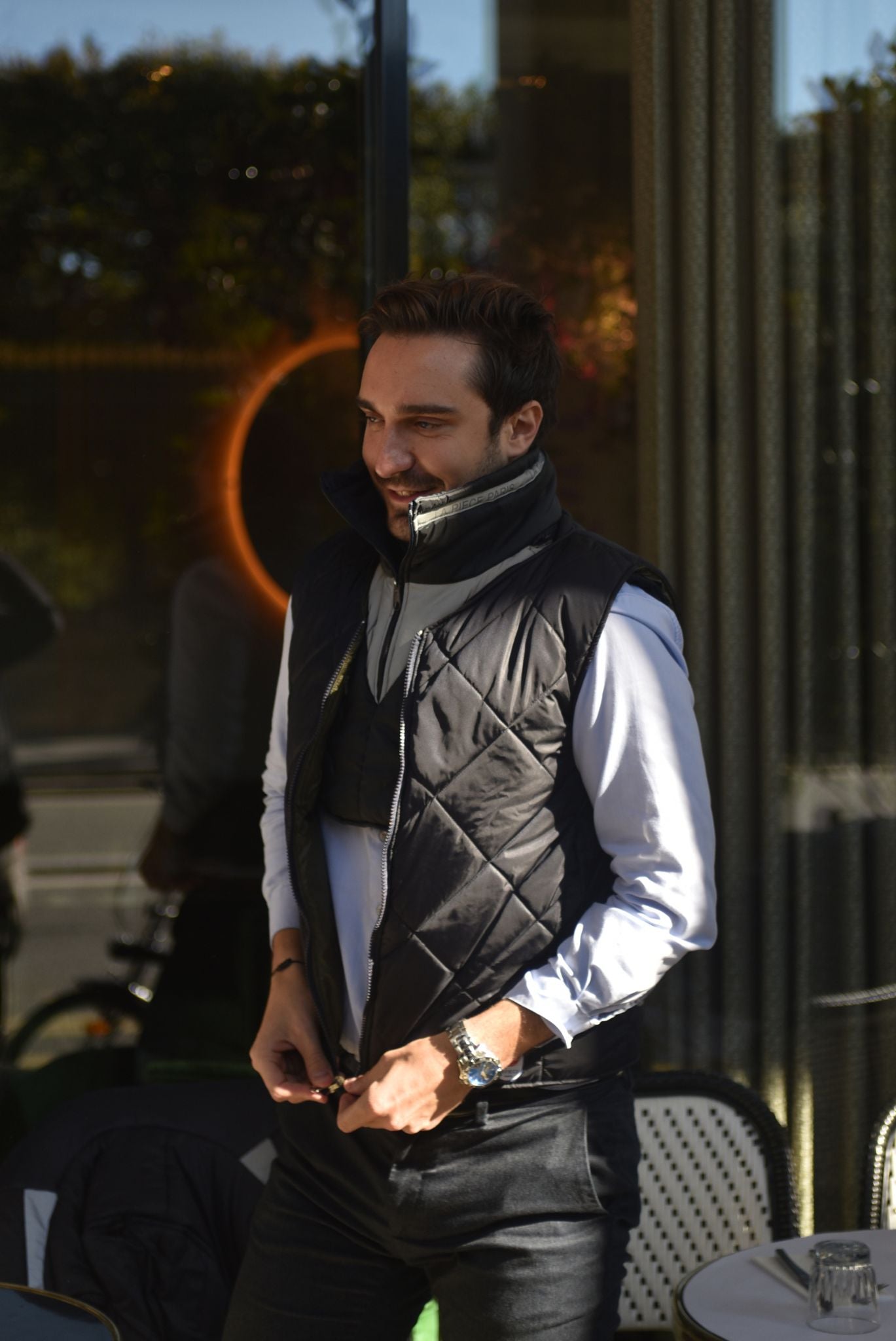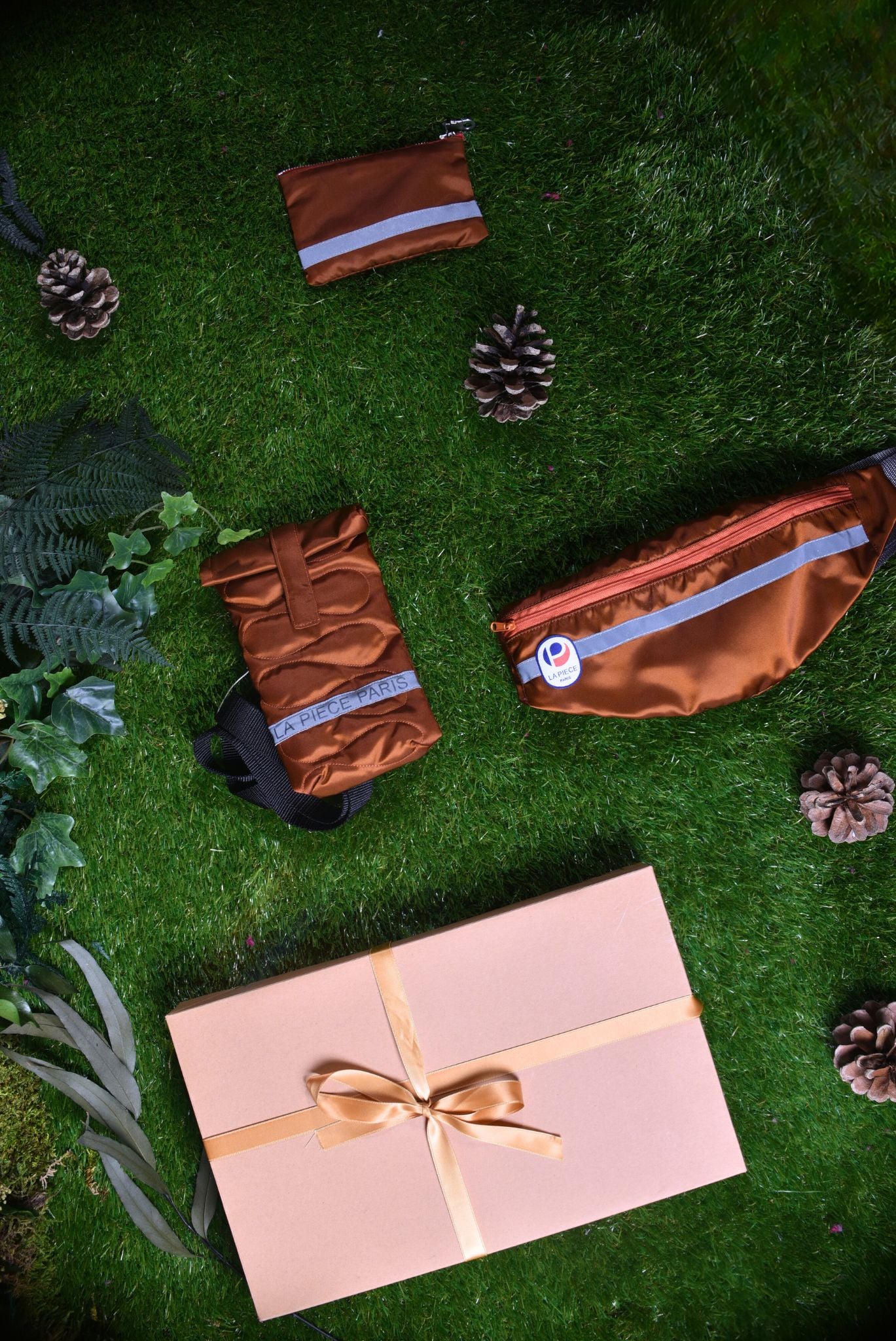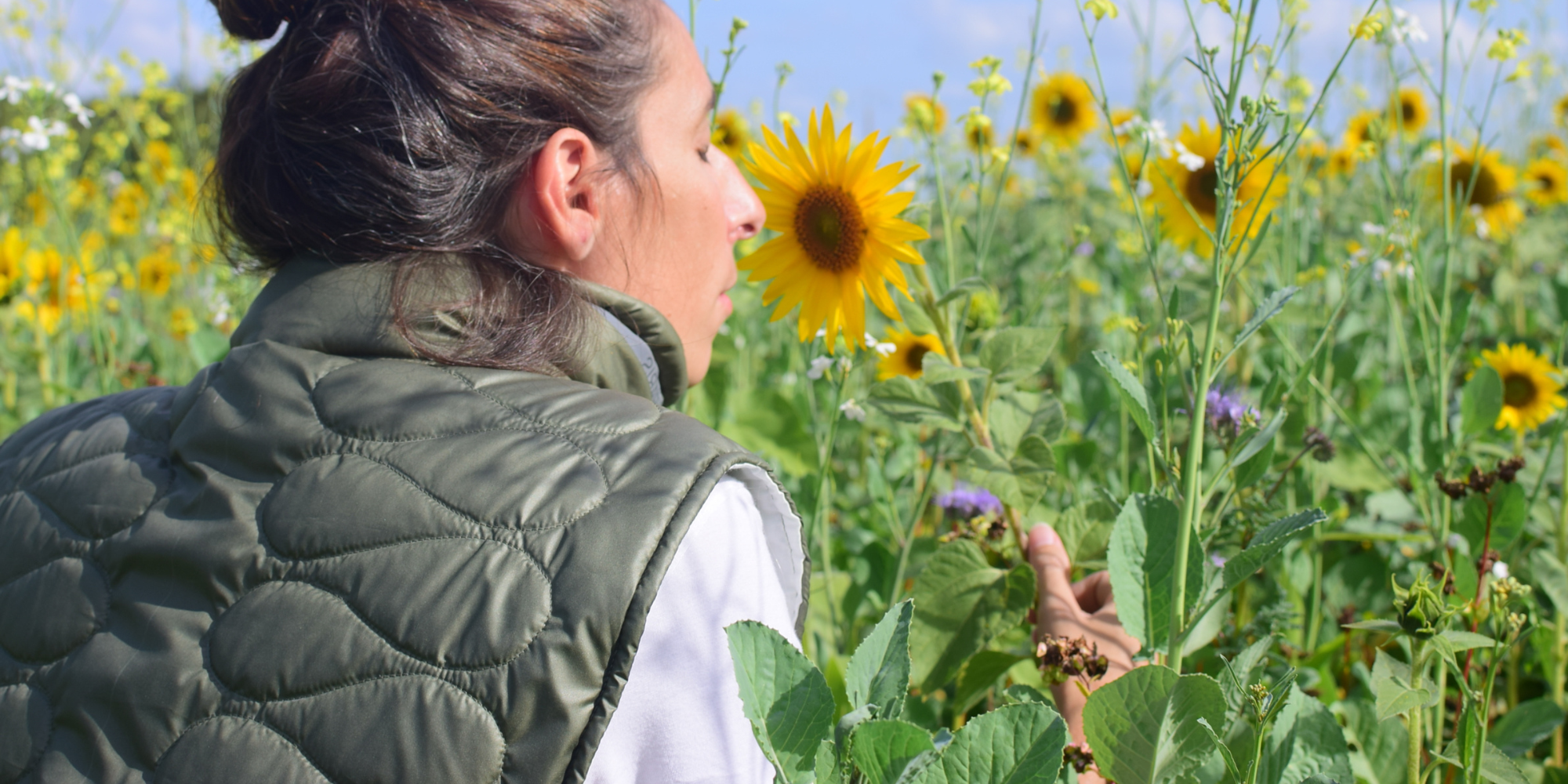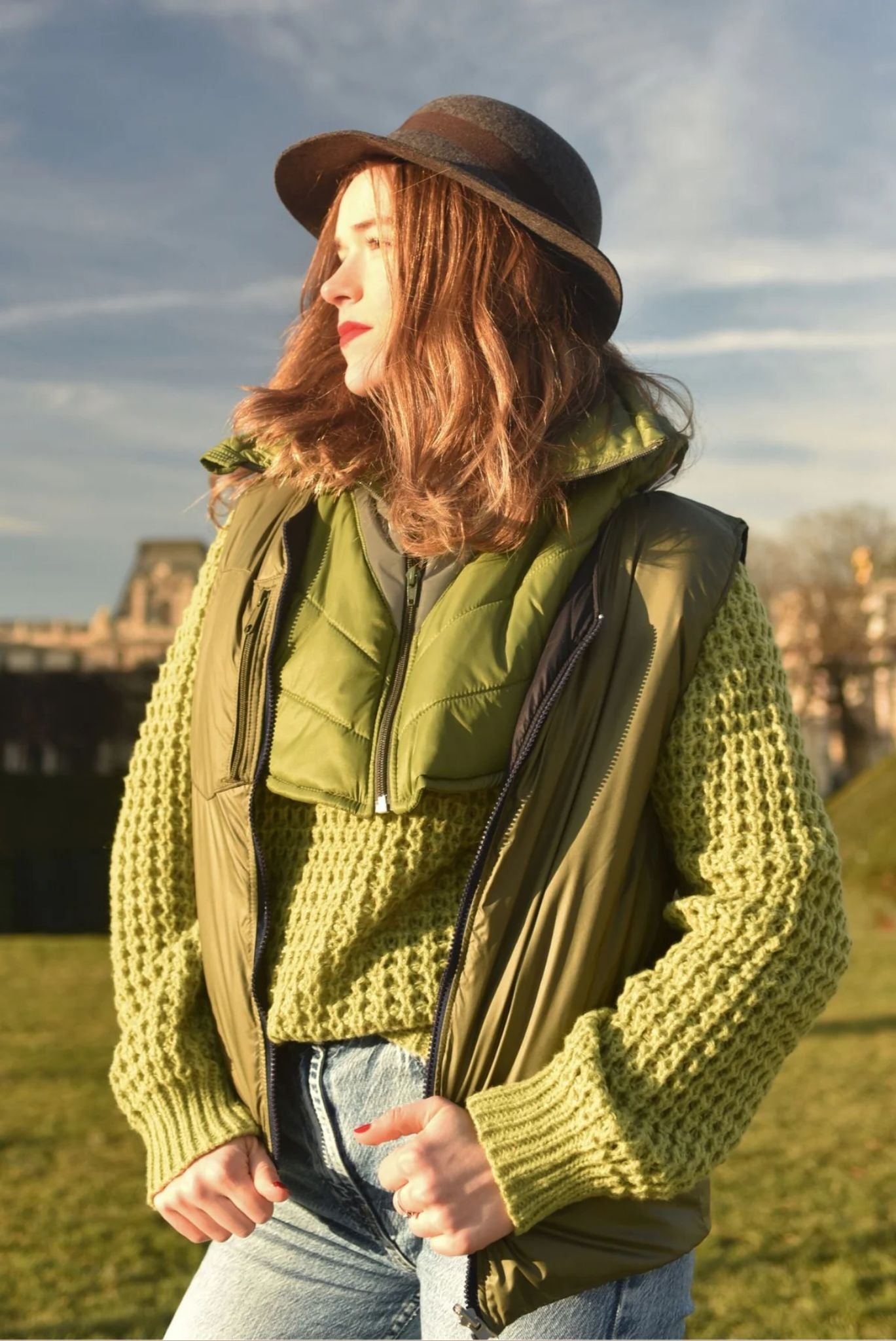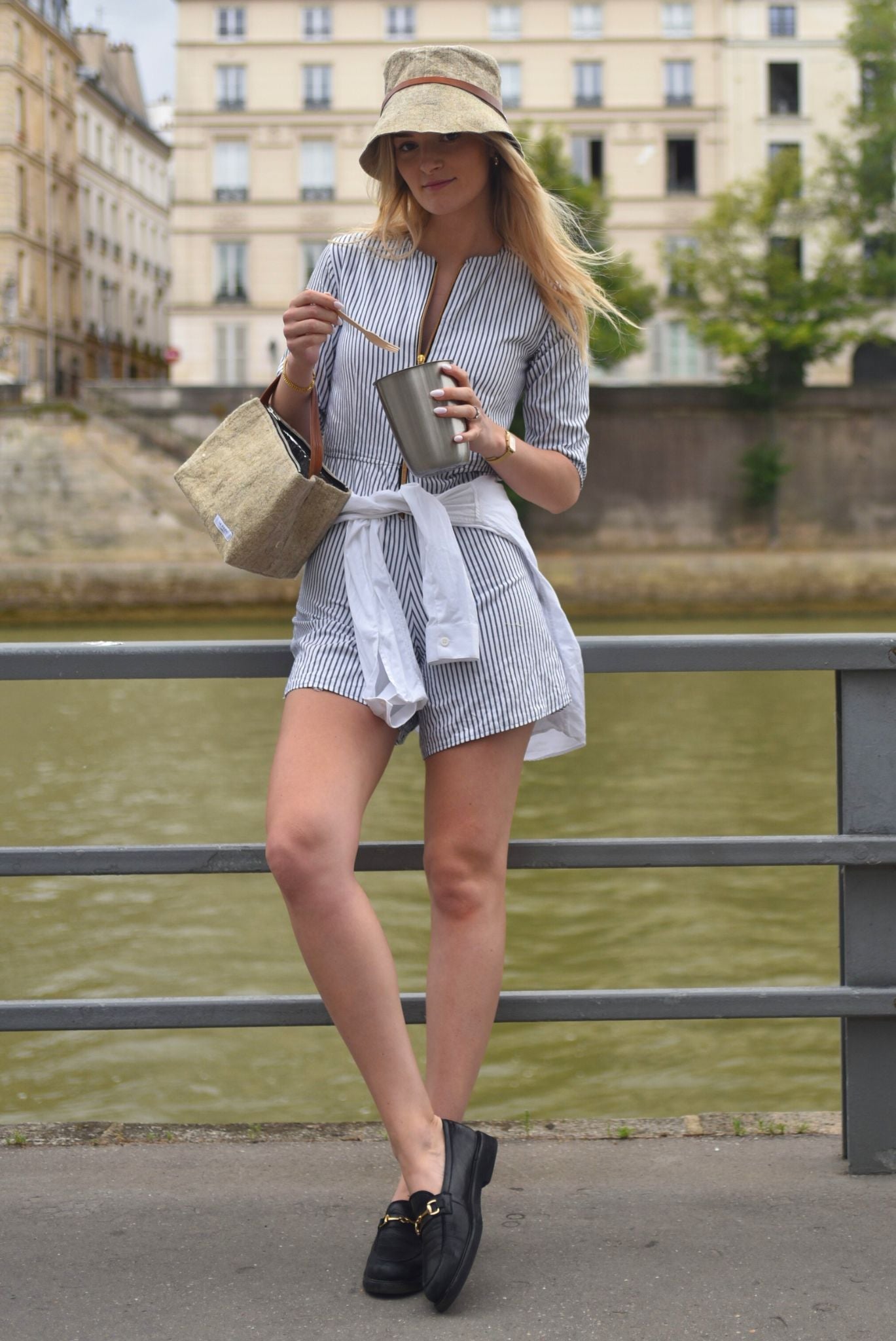The Basque Country on foot, a look back at a chic and authentic stay

Straddling France and Spain, the Basque Country enjoys an exceptional geographical location. Bordered by the Atlantic Ocean to the West and the Pyrenees to the South, it offers a variety of landscapes that leave travelers with a feeling of authenticity and freedom. Exploring this region on foot allows you to take your time, both on charming coastal paths and mountain trails. The Basque Country is also an outstanding gastronomic region, where specialties are savored slowly, in a friendly and warm atmosphere. For several decades now, good addresses have multiplied and wonderfully compensate for the kilometers traveled, sometimes under very changeable weather! In this article, we will share our impressions of this beautiful Basque Country that we explored on foot. Of course, if your time is limited, it is more practical to reach the mentioned places by fast transport such as car or train. Here is an overview of the most beautiful Basque spots where it's great to stretch your legs.
1. Bayonne and its historic center
We begin our journey in the pretty town of Bayonne. This human-sized commune is ideal for warming up before embarking on more physical and demanding hikes. Bayonne lends itself well to walking: it is crossed by pleasant, well-maintained flowered canals. There are many pedestrian zones lined with local shops, restaurants, and breweries. The city’s specific architecture gives it undeniable charm. Most half-timbered houses are white or beige, with beams in bright red, deep green, or dark brown. These colors stand out but unmistakably recall the natural colors of the pine forests and ochre earth specific to the region.
Our Bayonne getaway takes us to discover the Vauban ramparts, the Château-Vieux, the Sainte-Marie Cathedral, the Cloister, and the magnificent Petit Bayonne district. Beyond the beauty of the historic monuments, which reflect the city’s religious and military past, we greatly appreciated its cultural and artistic dimension. The Basque Museum opened our eyes to Basque identity, sometimes misunderstood, and the pastoral and peasant traditions of the inhabitants.
Let us not forget the pleasure of the taste buds: Bayonne literally abounds with excellent restaurants, inns, cafés, pastry shops, and specialty stores. Bayonne ham, sheep's cheese, and cherry jam have thoroughly revitalized us for the rest of the journey!
2. The coastal trail from Saint-Jean-de-Luz to Hendaye
Leaving Bayonne, we follow the coast southward. We pass by Bidart, where it is possible to start this trail. Due to lack of time, we continue on to Saint-Jean-de-Luz, the true starting point of our day's hike. Before setting off on the trail, we took the time to visit this charming traditionally Basque port. Smaller than Bayonne, Saint-Jean-de-Luz resembles a colorful fishing village where the white, red, and ochre half-timbered houses contrast beautifully with the blue of the sky and ocean, and the green of the surrounding forests. Admire the recently renovated 5-star Grand Hôtel, which overlooks the main beach and offers exceptional services, if only to enjoy a coffee facing the sea.
After this rather elegant introduction, it’s time to get going. The traditional coastal path is closed for safety reasons, but there is an alternative just as beautiful and bucolic. The path crosses the Nivelle and takes us in front of Maurice Ravel’s house. Then, we head towards the heights. There, the landscape becomes more open and wild. We cross forests and fields, and the panoramas of the Atlantic Ocean, the Basque coast, and the Pyrenees mountain range are simply superb. The coves follow one another and give hikers a wild desire to swim. Further on, the Château d’Abbadia reveals its imposing architecture amid fields of heather and sarsaparilla. A few kilometers later, we already arrive in Hendaye, which we greatly enjoy visiting. This coastal path is not very difficult in itself but offers magnificent typically Basque landscapes and allows you to reach two must-see towns.
3. The Jaizkibel Ridges
After a restorative night in Hendaye, we continue our exploration of the Basque Country on foot. Today’s day will be dedicated to the Jaizkibel Ridges. To get to the starting point in Fontarrabie, you have to cross the Spanish border. The hike is 21 kilometers with an elevation gain quite manageable for any good hiker. Don’t go in flip-flops because the path is, in places, quite steep. Also be prepared because the weather changes rather quickly in the Basque Country and you surely won’t regret bringing your waterproof jacket!
The path leading to the Ridges follows that of Saint James of Compostela. The first climb warms up the calves, but the view at the top is really worth it. We feel like we are entering another world. The coast then becomes steep and the cliffs increasingly sheer. The rocks take on ochre, brown, and sometimes black colors. In case of rain or gloomy weather, the landscape becomes dramatic and you understand why many poets and painters stopped here.
The view of Hendaye is magnificent and this first "real" hike really gave us a taste of our upcoming Pyrenean escapades.
4. La Rhune
La Rhune is a mythical mountain massif that must not be missed under any circumstances if you find yourself in the Basque Country. Its little red train, which saves many from kilometers of climbing, is known throughout France. But we chose to reach the summit on foot. From the Col de Saint-Ignace, there are many trails, more or less demanding, that allow seasoned hikers as well as families to enjoy the absolutely superb landscapes of the massif. The mountains are rather gentle with their mossy pastures, even though you encounter more rocky and winding places.
La Rhune allows you to dive into the very heart of the pastoral life of the region. You will encounter many flocks of sheep, goats, and ewes, guarded by shepherds who seem to come from another time. It is also not uncommon to come across herds of pottocks, those robust and calm ponies that give the landscapes a decidedly wild dimension.
The summit reaches 905 meters and the views of the ocean and the Pyrenees are, once again, remarkable.
To recover from your emotions, let yourself be seduced by a gastronomic stopover (or for a night) at the contemporary Basque Inn of Marion and Cédric Béchade. The chic atmosphere is conducive to a true return to the roots and the divine meals perfectly highlight the local products and the Basque soul.
5. Aïnhoa
Ranked among the most beautiful villages in France, Aïnhoa is as pretty as its name is harmonious. The village looks like it came straight out of a postcard with its bell tower dominating all-white half-timbered houses. The ochre roofs and red shutters give the whole a uniformity that the town hall defends with all its might. And it is right to do so.
If the village itself is worth a visit, it is just as magnificent from the many viewpoints over the surrounding hills. The best-known hike is the one that climbs to the Notre-Dame-d’Aubépine Chapel. The route is quite easy and the ascent takes about 2h30. It crosses forests and meadows up to the summit where you will come face to face with the charming chapel, as well as three crosses and several disc-shaped steles. The view from the chapel is divine: in good weather, you can see the ocean and the bay of Saint-Jean-de-Luz.
On the way back down to the village, stop at the charming Ithurria house which offers gastronomic dishes as beautiful as they are good. You can taste the best Basque hams there, as well as homemade pickled peppers that are more than delicious. The house also offers direct sales of local products, including black cherry jam which pairs wonderfully with Ossau-Iraty.
6. From Saint-Jean-Pied-de-Port to Roncevaux
A little further east, we arrive in the pretty village of Saint-Jean-Pied-de-Port. This medieval town was founded in the 12th century and has managed to preserve significant medieval remains. It is still possible to see half-timbered floors on some houses or gable walls on others. Many lintels with inscriptions dating back several centuries adorn certain walls. Finally, the Porte Saint-Jacques has the great honor of being part of the UNESCO World Heritage. All this helps create a rather special and solemn atmosphere. But paradoxically, the village is very lively and many events such as gastronomic fairs and markets are regularly organized.
The hike we suggest starts from Saint-Jean-Pied-de-Port to reach the famous town of Roncesvalles in Spain. The route follows the Napoléon Road and leads the hiker in the footsteps of Roland. It crosses dark and silent forests, as well as small streams that can be crossed on foot. Roland's fountain reminds us of the hero's feats at the Battle of Roncesvalles. The 25-kilometer path climbs steadily for a good twenty kilometers before descending towards Roncesvalles. Be careful, it is not a loop. It is therefore necessary to plan how to return to Saint-Jean-Pied-de-Port or to stay on site. Guesthouses and charming hotels are plentiful, as are restaurants and cafes.
7. Sainte-Engrâce
We end our stay in the Basque Country in the far East of the region, in the small village of Sainte-Engrâce. This village itself is nothing extraordinary except for its church and stone bridge. But the surroundings hold magnificent hiking trails, deep caves, and canyons suitable for canyoning outings. There are several routes depending on one's level, and these are perfectly arranged, secured, and marked. The paths are enhanced with footbridges, trails overlooking the river, and stairs carved into the rock. Needless to say, once again, it is important to be well equipped in terms of footwear!
The Kakouetta Gorges will delight budding adventurers as well as grown-ups. Nicknamed the "Little Amazon", this site is surrounded by abundant and lush vegetation. In good weather, the turquoise color of the water invites swimming. But be sure not to dive into the water. The Gorges are preserved and must remain so.
Conclusion
The Basque Country is a prime destination for lovers of walking and hiking. The coastal path offers a good warm-up before tackling the more mountainous trails of the Pyrenees. Along the paths we traveled, we were able to discover more about the Basque identity, both authentic and proud. We spoke little about the locals in this article, but all those we met were happy to share advice and anecdotes about their region. To relax after all these adventures, we had the pleasure of eating and sleeping in well-kept and welcoming hotels, guesthouses, and holiday cottages. Basque gastronomy is rich in flavors, it smells of earth and terroir, and it goes without saying that we returned with arms full of local specialties. A bit as if we wanted to continue our stay in this unique and multifaceted region.


